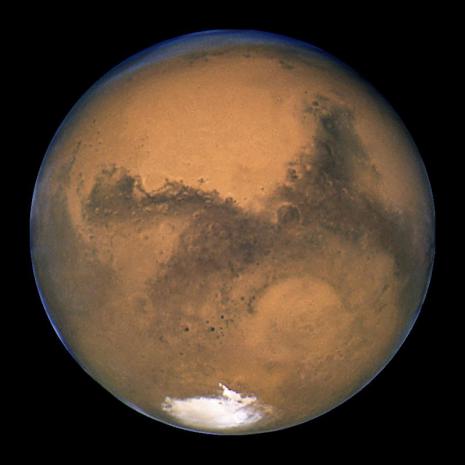
Breaking News
6.8 SPC vs. 300 Blackout: Powering Up the AR Platform
 Autism Study By McCullough Foundation Begins New Era of Free Scientific Inquiry
Autism Study By McCullough Foundation Begins New Era of Free Scientific Inquiry
 REVOLUTION DAY 8: Libertarians JOIN The Revolution
REVOLUTION DAY 8: Libertarians JOIN The Revolution
 US Government and Westinghouse $80bn Nuclear Reactor Deal
US Government and Westinghouse $80bn Nuclear Reactor Deal
Top Tech News
 Graphene Dream Becomes a Reality as Miracle Material Enters Production for Better Chips, Batteries
Graphene Dream Becomes a Reality as Miracle Material Enters Production for Better Chips, Batteries
 Virtual Fencing May Allow Thousands More Cattle to Be Ranched on Land Rather Than in Barns
Virtual Fencing May Allow Thousands More Cattle to Be Ranched on Land Rather Than in Barns
 Prominent Personalities Sign Letter Seeking Ban On 'Development Of Superintelligence'
Prominent Personalities Sign Letter Seeking Ban On 'Development Of Superintelligence'
 Why 'Mirror Life' Is Causing Some Genetic Scientists To Freak Out
Why 'Mirror Life' Is Causing Some Genetic Scientists To Freak Out
 Retina e-paper promises screens 'visually indistinguishable from reality'
Retina e-paper promises screens 'visually indistinguishable from reality'
 Scientists baffled as interstellar visitor appears to reverse thrust before vanishing behind the sun
Scientists baffled as interstellar visitor appears to reverse thrust before vanishing behind the sun
 Future of Satellite of Direct to Cellphone
Future of Satellite of Direct to Cellphone
 Amazon goes nuclear with new modular reactor plant
Amazon goes nuclear with new modular reactor plant
 China Is Making 800-Mile EV Batteries. Here's Why America Can't Have Them
China Is Making 800-Mile EV Batteries. Here's Why America Can't Have Them
Mars' Northern Lights: UAE releases the first global images of aurora...

Aurora surrounding the night side of Mars have been photographed by the United Arab Emirates Hope probe, currently in orbit around the Red Planet.
The Emirates Mars Mission, the first interplanetary exploration undertaken by an Arab nation, arrived in orbit around the Red Planet in February this year.
The probe is the first to photograph the 'discrete aurora' caused by solar radiation hitting the nightside of the atmosphere and only visible in ultraviolet light.
They have revolutionary implications for our understanding of interactions between solar radiation, Mars' magnetic fields and the planetary atmosphere, the team said.
Mars has three types of aurorae – proton, diffuse and discrete – but none are visible to the naked eye, only in various forms of ultraviolet light, requiring a special camera.
Until these new images by the Hope probe, only the proton aurora, which occurs during the day, had been captured by ultraviolet cameras on NASA spacecraft.
The Hope probe will continue to gather a full overview of the Martian atmosphere every nine days for the next two years, providing planetary scientists with the first, overview of the entire martian atmosphere over a longer period of time.
The images, taken by the probe's EMUS (Emirates Mars Ultraviolet Spectrometer), show a ghostly glow surround the planet known as the 'discrete aurora'.
'These global snapshots of the discrete aurora are the first time such detailed and clear observations have been made globally, as well as across previously unobservable wavelengths,' said Hessa Al Matroushi, mission science lead.

 China Innovates: Transforming Sand into Paper
China Innovates: Transforming Sand into Paper

